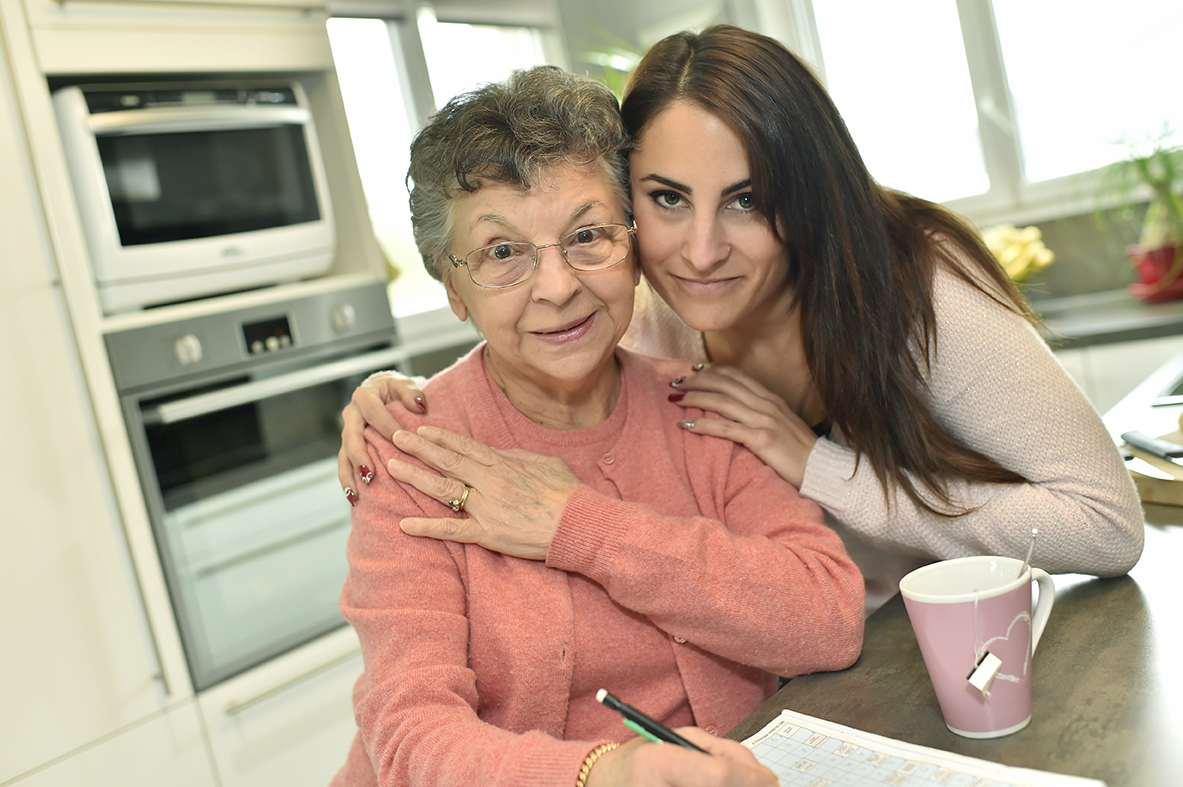
Choosing the right financial support for a disability or long-term health condition can be confusing, especially with the ongoing transition from Disability Living Allowance (DLA) to Personal Independence Payment (PIP) in the UK.
If you or a family member is unsure which benefit applies or you're planning to make a new PIP claim, it’s essential to understand the key differences. This guide breaks down the DLA rates, the most recent DLA rates for 2024, and how they compare to current PIP payments.
What Is DLA?
Disability Living Allowance (DLA) was a government benefit available to people with a disability who needed help with personal care or mobility. Since 2013, DLA has been gradually replaced by PIP for adults aged 16 to State Pension age.
Find YOUR ideal care home NOW!
Today, DLA is only available for children under 16 or a very small number of adults who still receive it and haven’t yet been migrated to PIP. If you're aged 16 or over and not already receiving DLA, you must apply for PIP instead.
What Is PIP?
Personal Independence Payment (PIP) is the current benefit for people aged 16 or over with long-term health conditions or disabilities. It is designed to help with daily living tasks and mobility issues and is based on how your condition affects you, not the condition itself.
Unlike DLA, PIP requires a points-based assessment, usually involving medical evidence and sometimes a face-to-face or phone-based review.
DLA vs PIP: Side-by-Side Comparison
The table below compares the key differences and rates between DLA and PIP as of 2024–2025:
| Criteria | DLA (2024 Rates) | PIP (2025 Rates) |
|---|---|---|
| Who can apply? | Children under 16 Adults who still have legacy claims |
People aged 16 to State Pension age |
| Components | Care + Mobility | Daily Living + Mobility |
| Maximum weekly amount | Up to £101.75 (Care) Up to £71.00 (Mobility) |
Up to £108.55 (Daily Living) Up to £75.75 (Mobility) |
| Assessment method | Based on need (often self-declared) | Points-based, with assessment by DWP |
| Medical evidence required | Less stringent | More rigorous and detailed |
| Is reassessment required? | Not regularly | Often every few years |
Should You Claim PIP?
If you are over 16 and not already receiving DLA, you must claim PIP — DLA is no longer an option for new adult applicants. Even if you are currently receiving DLA as an adult, you may eventually be asked by the DWP to switch to PIP.
Although the assessment process for PIP is more complex, the PIP claim often results in higher financial support if your needs are well-documented and consistent. Keep in mind that each case is reviewed individually, so the outcome can vary.
What Happens to Adults Still on DLA?
Adults still receiving DLA will eventually be invited to apply for PIP unless they have reached State Pension age before being contacted. If you ignore the invitation or fail to apply within the given time, your DLA payments may stop.
It's strongly advised to prepare ahead of time, gather medical evidence, and understand how the PIP points system works.
Senior Home Plus Can Help You Navigate the Transition
If you or your elderly relative is navigating complex benefits like DLA or PIP while also considering long-term care options, Senior Home Plus can support you.
We offer:
- Free, personalised guidance on choosing the right care home
- Step-by-step help through the care planning process
Our experts can assist you in making informed decisions, especially if your family member is in transition from DLA to PIP and considering residential care.
Frequently Asked Questions (FAQ)
Can I still apply for DLA in 2025?
No. DLA is only available for children under 16. Adults must apply for PIP instead. Existing adult DLA claimants may continue receiving it until invited to switch.
What are the current DLA rates for 2024?
In 2024, the highest DLA care component is £101.75 per week, and the highest mobility component is £71.00. These amounts vary based on assessed need.
Is it harder to get PIP than DLA?
Yes. PIP has a more formal assessment system and often requires medical documentation and in-person or remote evaluations.
Will my benefits change if I move from DLA to PIP?
Possibly. Some people receive more under PIP, while others see reductions. The outcome depends on your needs and how they are assessed.
Can receiving PIP help with care home costs?
Yes. PIP can contribute toward care costs or additional services, especially if you're staying in a non-local authority funded care home. Senior Home Plus can help assess your options.
Need help finding a care home?
Senior Home Plus offers free personalized guidance to help you find a care facility that suits your health needs, budget, and preferred location in the UK.
Call us at 0203 608 0055 to get expert assistance today.
Search for Care Homes by Region
| East Midlands | Eastern | Isle of Man |
| London | North East | North West |
| Northern Ireland | Scotland | South East |
| South West | Wales | West Midlands |
| Yorkshire and the Humber |
Share this article :
Latest posts
You are looking for an establishment for your loved one ?
Get availability & prices
Fill in this form and receive
all the essential information
We would like to inform you of the existence of the opposition list for telephone canvassing.








